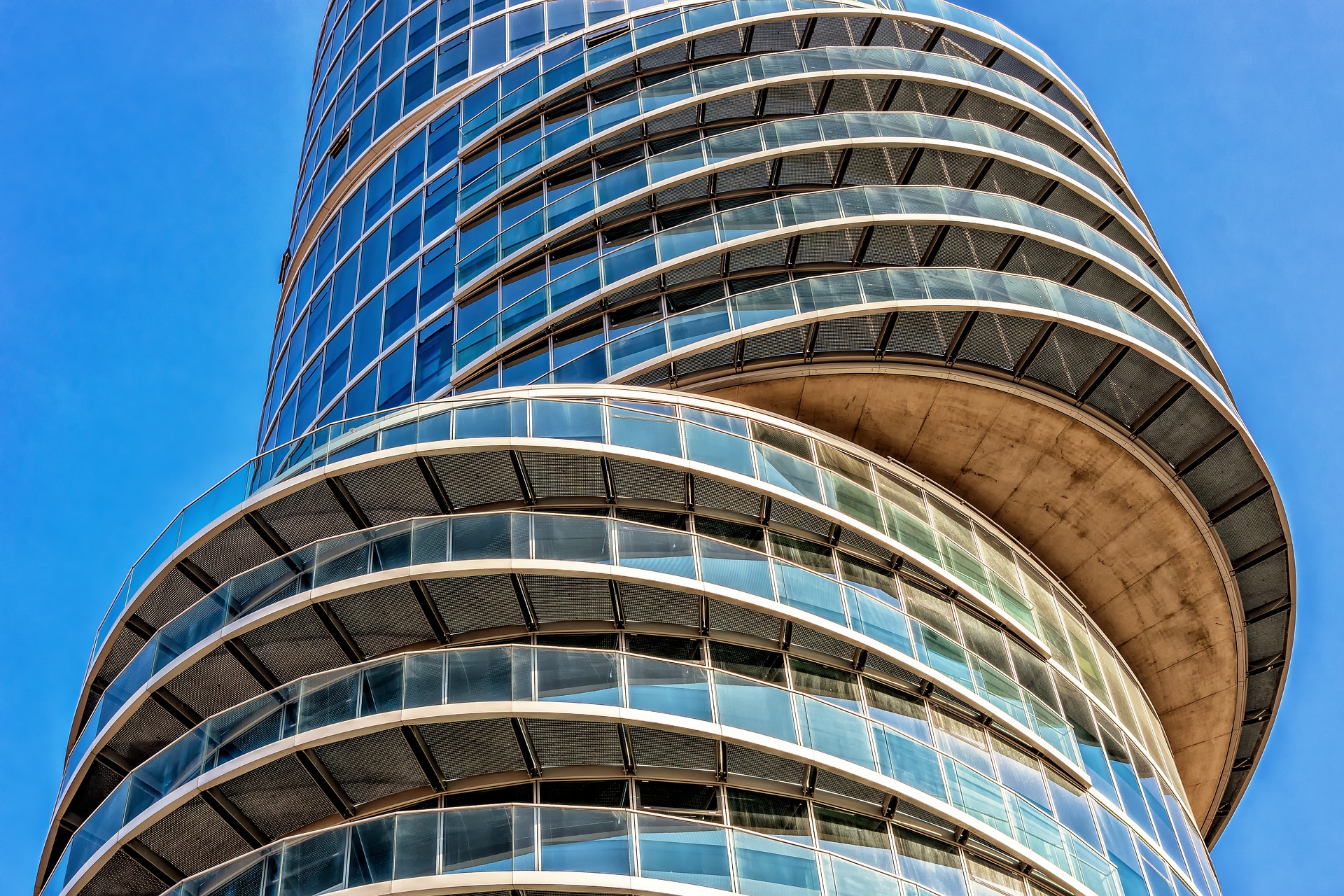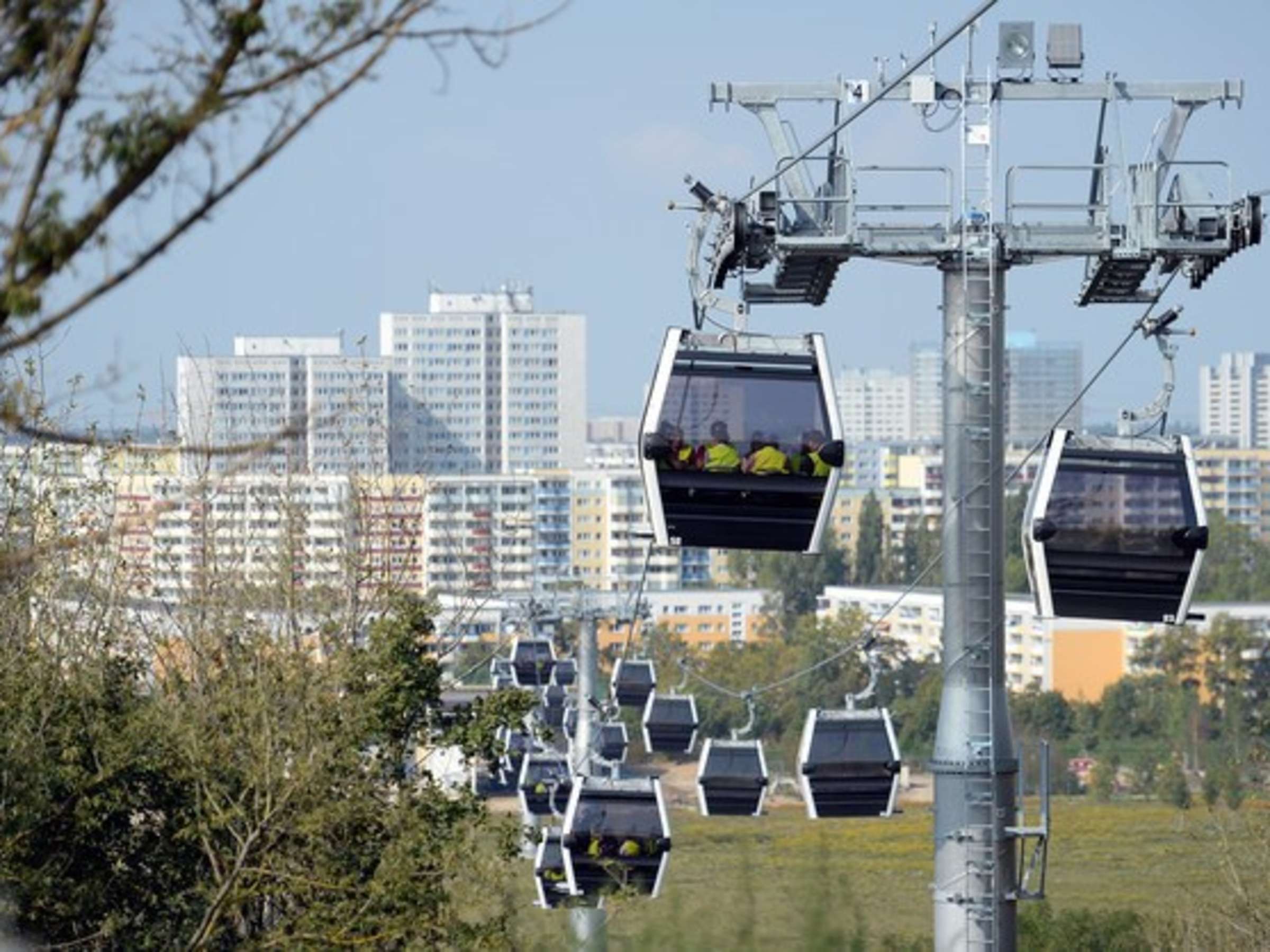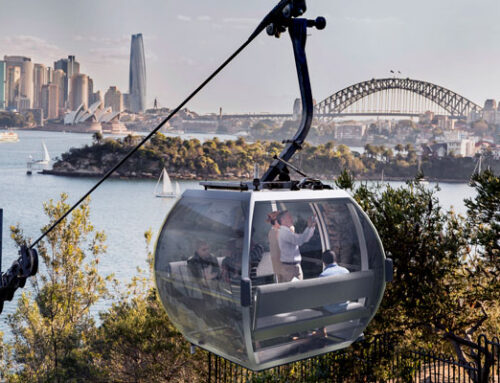
Cities, SI-Urban
A boost in the appeal of local public transport
A cable car would have many advantages. Not only is it an attraction for many visitors; it would also ensure that the Ruhrpark is well connected to the local public transport. The additional system would offer a number of crucial advantages here for the city’s existing public transport network.

Facts and figures
The voter group´s ideas are based on two cable car systems The first links the central railway station to the connecting station in Altenbochum. From there, the second system would transport passengers to the popular Ruhrpark shopping centre. This route is 4,960 metres long and would need double the cable length (9,920 metres) for the span, because of the planned cable car type. The cable car type was chosen by “Die Stadtgestalter” by means of a comparison of pros and cons. The advantages and disadvantages of the three current cable car types (single-cable, double-cable, tri-cable circulating track) were weighed up against one another here. The singlecable circulating track was best in the categories of investment costs debt servicing and maintenance costs, as well as route width. By contrast, the tri-cable circulating track came out ahead for operating costs, wind stability, number of supports and overall travel time. As you might now
already suspect, the double-cable circulating track emerged between the two aforementioned types in all categories.

There was also a particular focus on transport capacity, which ranges from approx. 4,500 people per hour with the single-cable circulating track to approx. 5,500 people per hour if a triple-cable circulating track is used.
Conclusion
The idea of an urban cable car for Bochum offers many advantages, not only for tourists and locals but also for the economy and the environment. More detailed information and an accurate breakdown of the costs etc. can be found on the website of “Die Stadtgestalter”.







